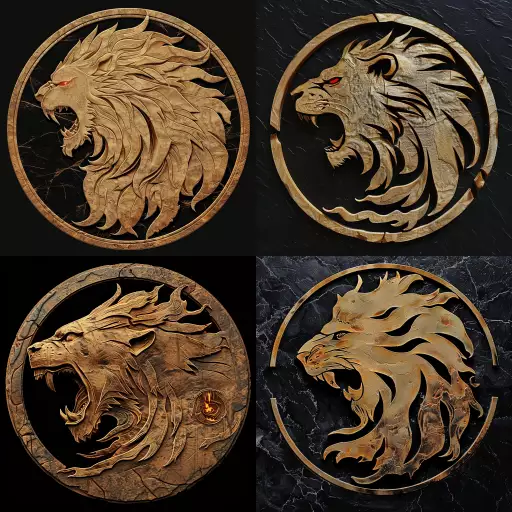Explore the Best AI Image Gallery

Blockchain in Finance: A Revolution for the Creative Industry
The world of finance is undergoing a seismic shift, driven by the disruptive power of blockchain technology. Beyond its well-known applications in cryptocurrencies, blockchain is poised to revolutionize various sectors, including the creative industry. This emerging paradigm offers innovative solutions for managing intellectual property, facilitating secure transactions, and empowering creators in unprecedented ways.
Potential Uses of Blockchain in Creative Finance
Blockchains inherent characteristics – immutability, transparency, and decentralization – present a unique set of opportunities for the creative industry:
- Digital Rights Management (DRM): Blockchain can effectively manage and track ownership of digital assets, such as music, art, and software. By recording ownership details on an immutable ledger, blockchain ensures that creators retain control over their work and receive rightful compensation for its use.
- Micro-payments: Blockchain enables seamless and transparent micro-transactions, allowing creators to receive small payments for each instance of content consumption or usage. This opens up new revenue streams and fosters a more equitable distribution of value in the creative economy.
- Fractional Ownership: Blockchain facilitates the tokenization of valuable creative assets, enabling fractional ownership. Artists can sell shares of their work to investors, unlocking capital and expanding access to exclusive content and experiences.
- Supply Chain Transparency: Blockchain can track the provenance of physical and digital creations, ensuring authenticity and combating counterfeiting. This builds trust among creators, collectors, and consumers by providing verifiable records of origin and ownership.
Ethical Considerations
While blockchain offers immense potential for the creative industry, its crucial to address ethical considerations:
- Data Privacy: Blockchains transparency can raise concerns about the privacy of sensitive creator data. Implementing robust security measures and anonymization techniques is essential to protect personal information.
- Access and Equity: Ensuring equitable access to blockchain technology and its benefits for all creators, regardless of their technical expertise or resources, is paramount.
- Algorithmic Bias: Blockchain-powered systems can perpetuate existing biases if not carefully designed and monitored. Its crucial to promote diversity and inclusion in the development and deployment of these technologies.
Future Trends
The intersection of blockchain and the creative industry is constantly evolving. Here are some future trends to watch:
- Decentralized Marketplaces: Blockchain-based platforms will empower creators to sell their work directly to consumers, bypassing traditional intermediaries and retaining a larger share of revenue.
- Non-Fungible Tokens (NFTs): NFTs will continue to transform the way we own and experience digital art, music, and other creative assets. Expect to see more innovative applications of NFTs in gaming, virtual worlds, and beyond.
- AI Integration: Blockchain and artificial intelligence will converge to create new possibilities for creative expression. Imagine AI-powered tools that assist artists in generating content, curating collections, or even composing music.
Conclusion
Blockchain technology has the potential to reshape the financial landscape of the creative industry, empowering creators, fostering transparency, and driving innovation. By embracing this transformative technology responsibly and ethically, we can unlock a future where creativity flourishes and value is distributed equitably.